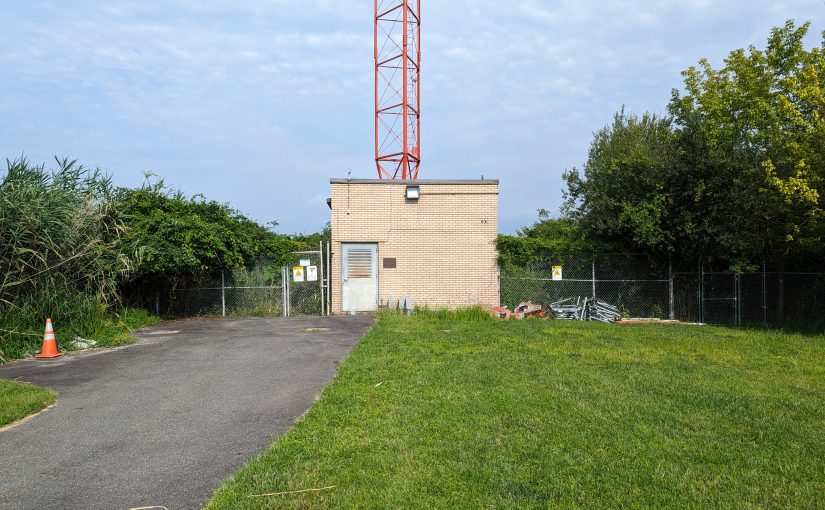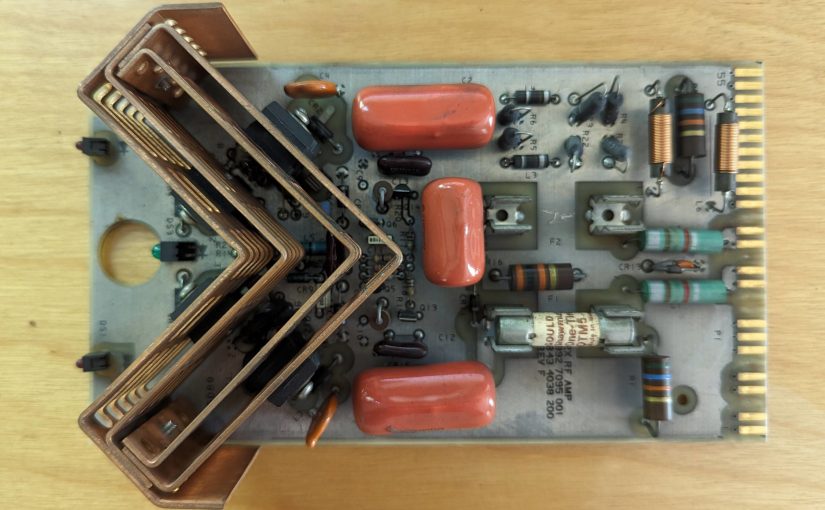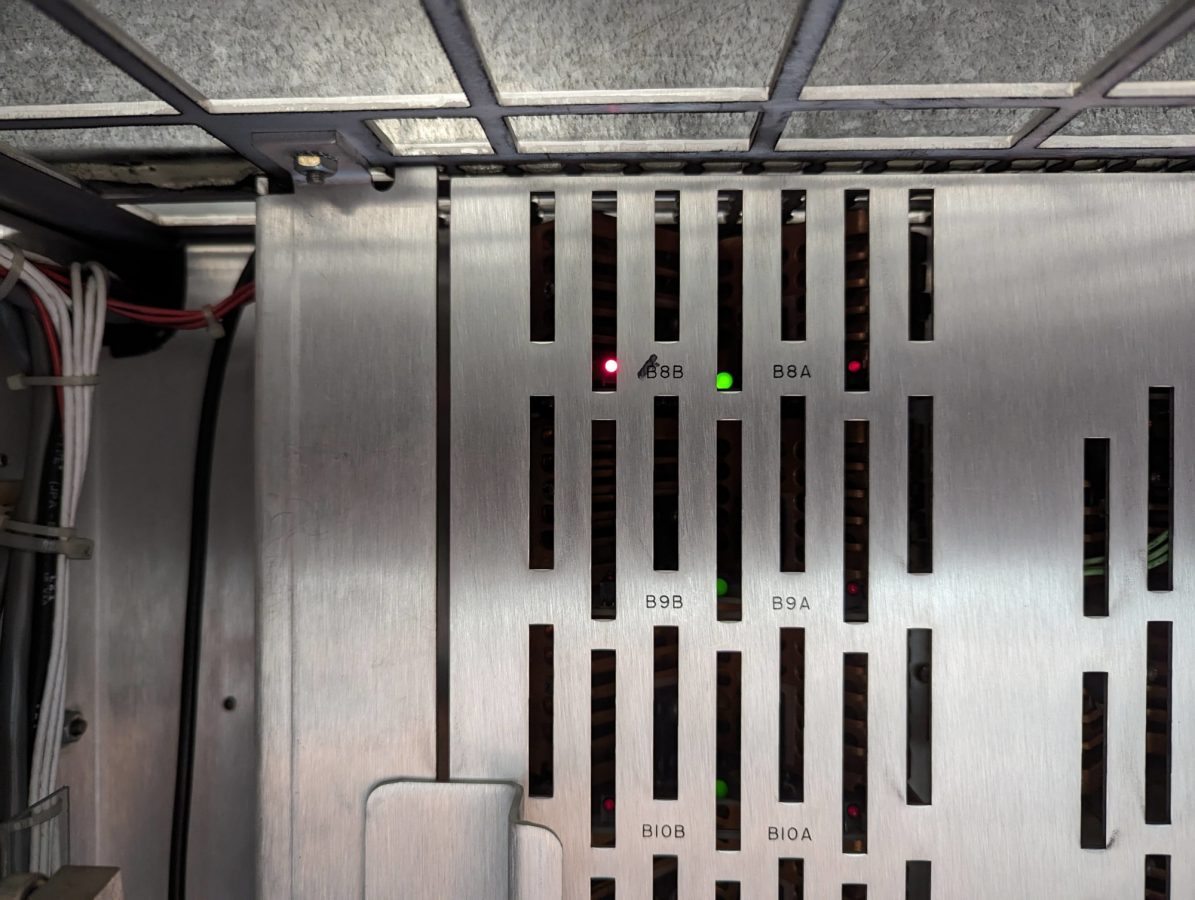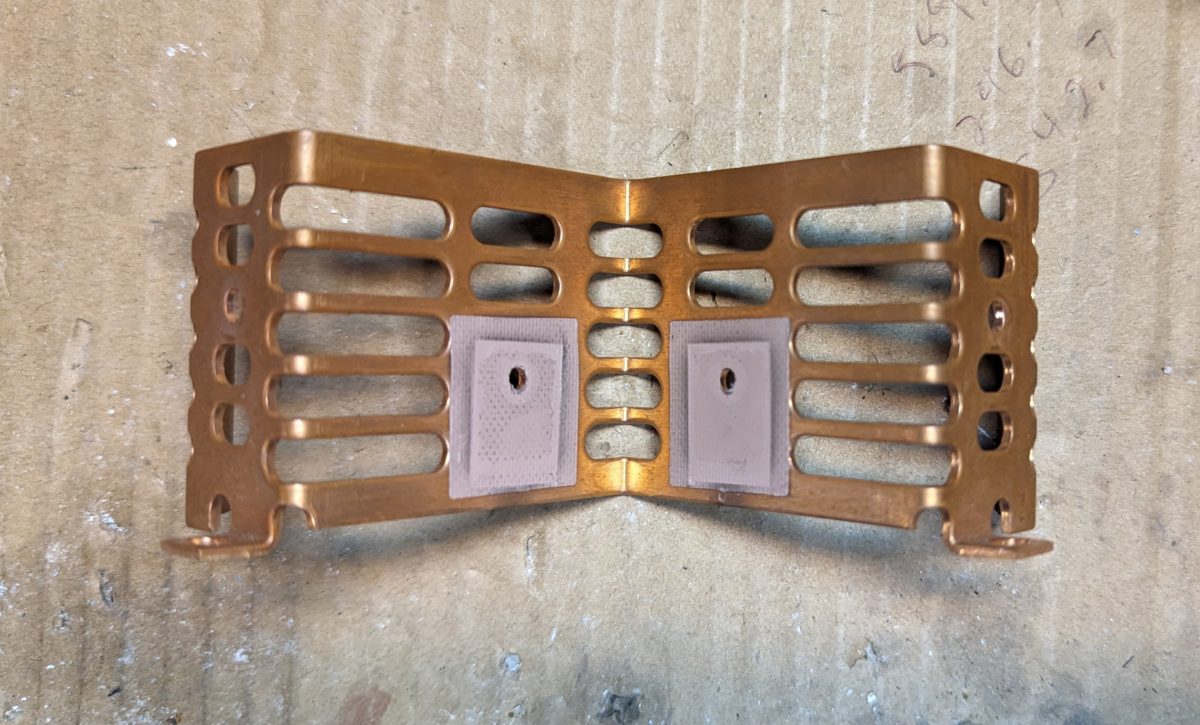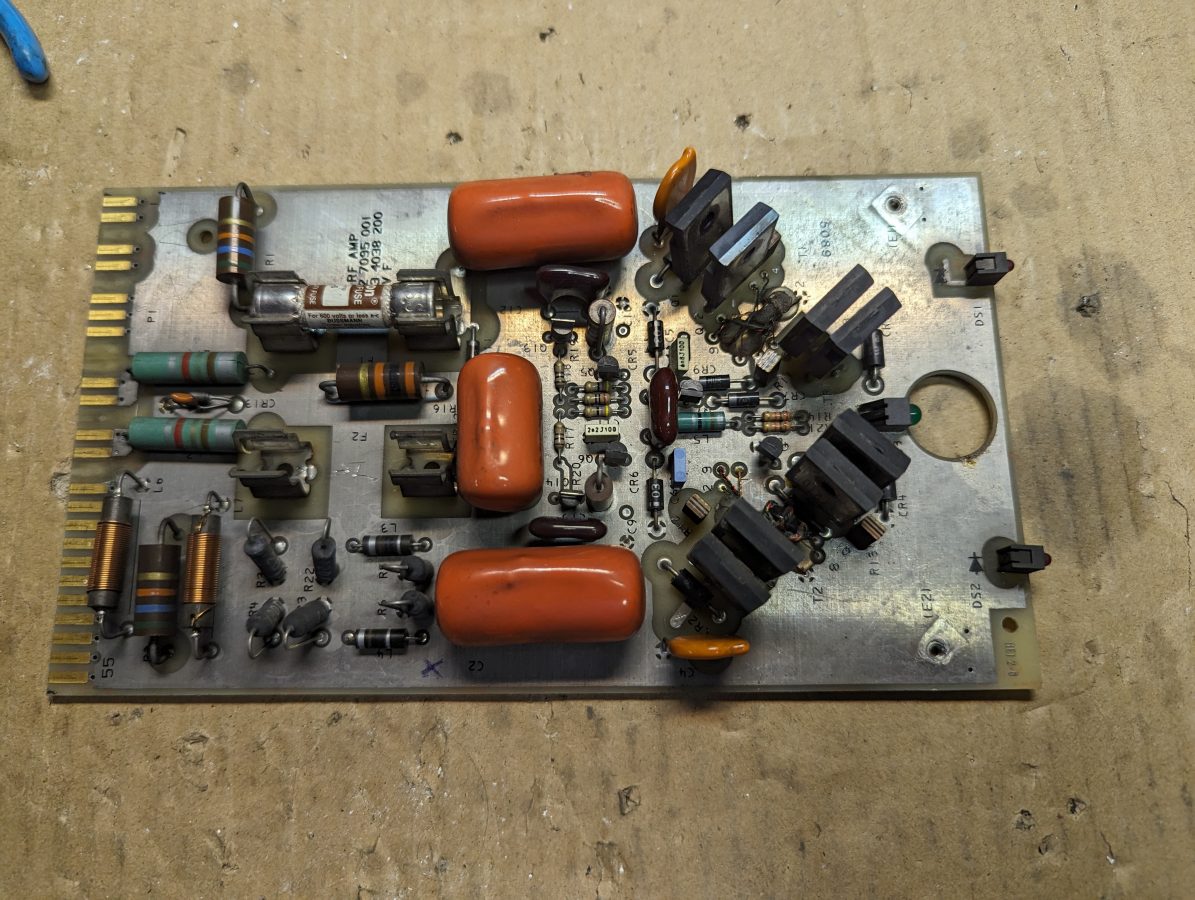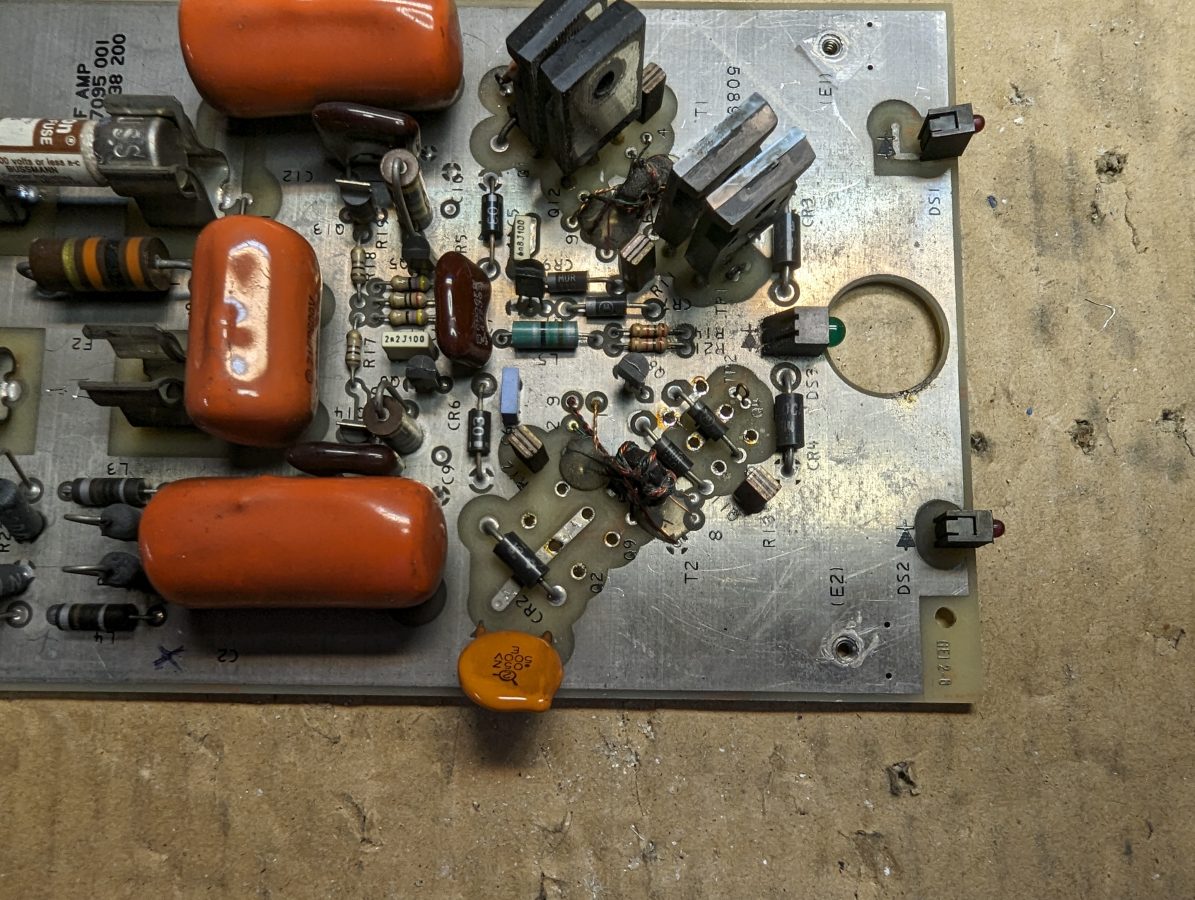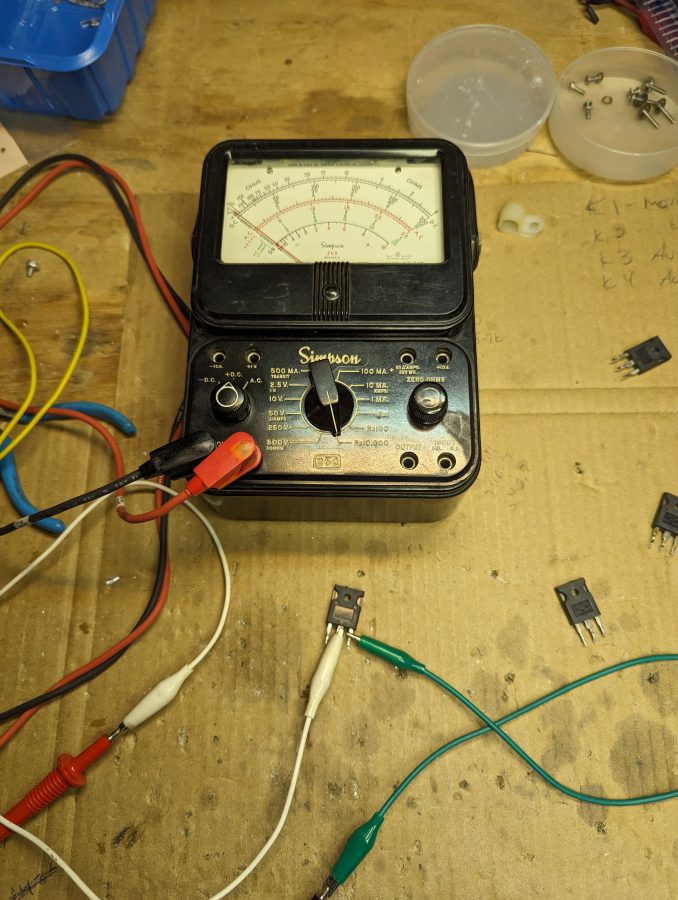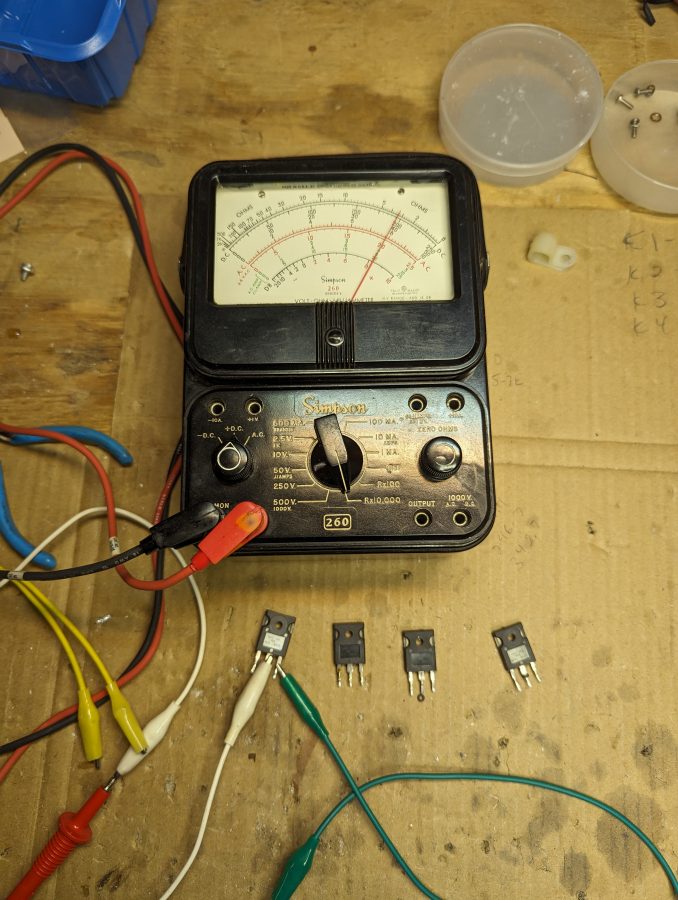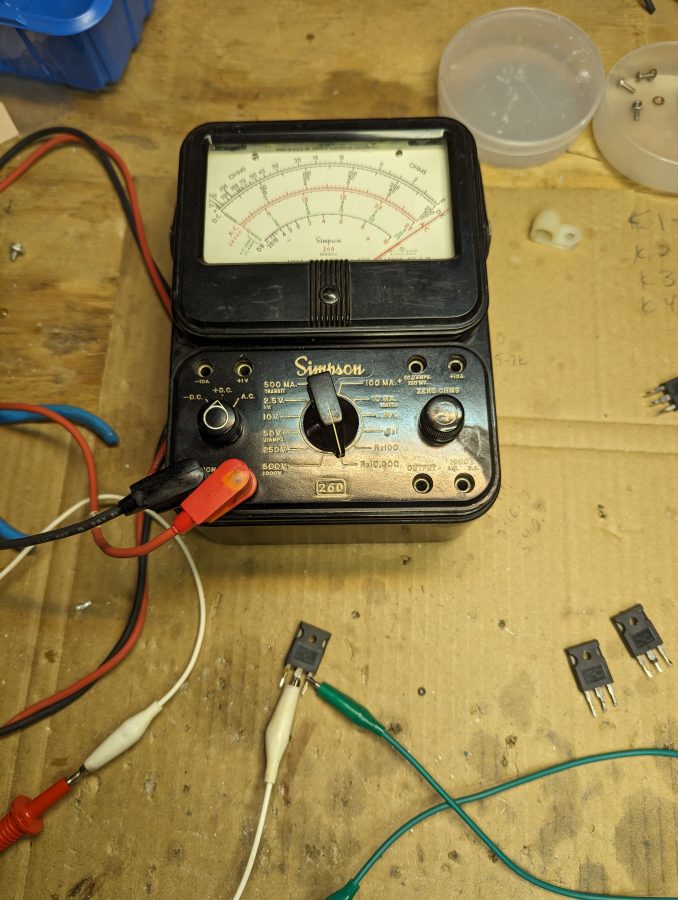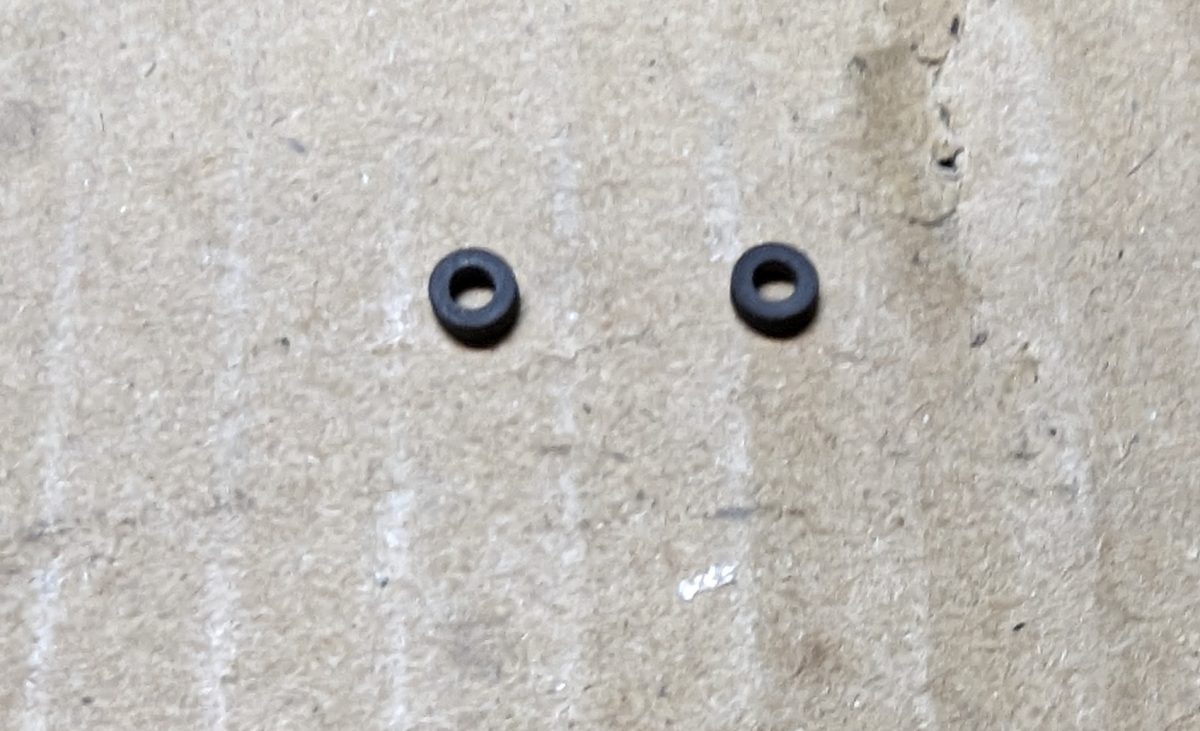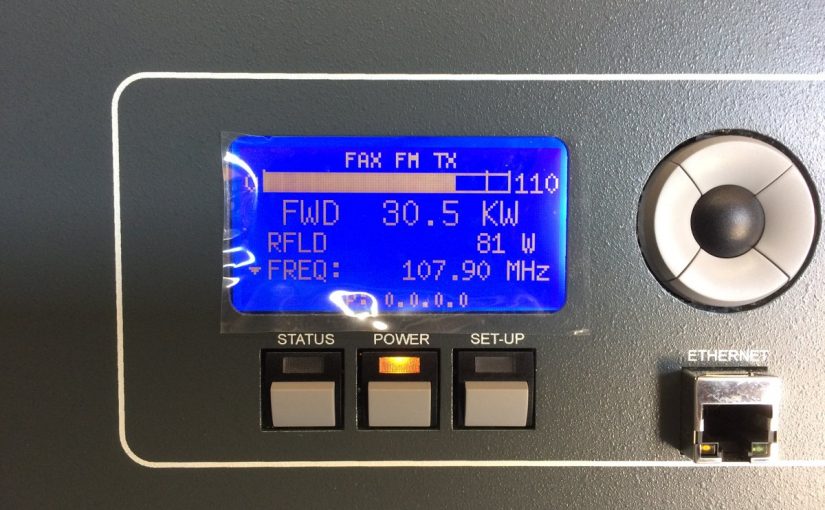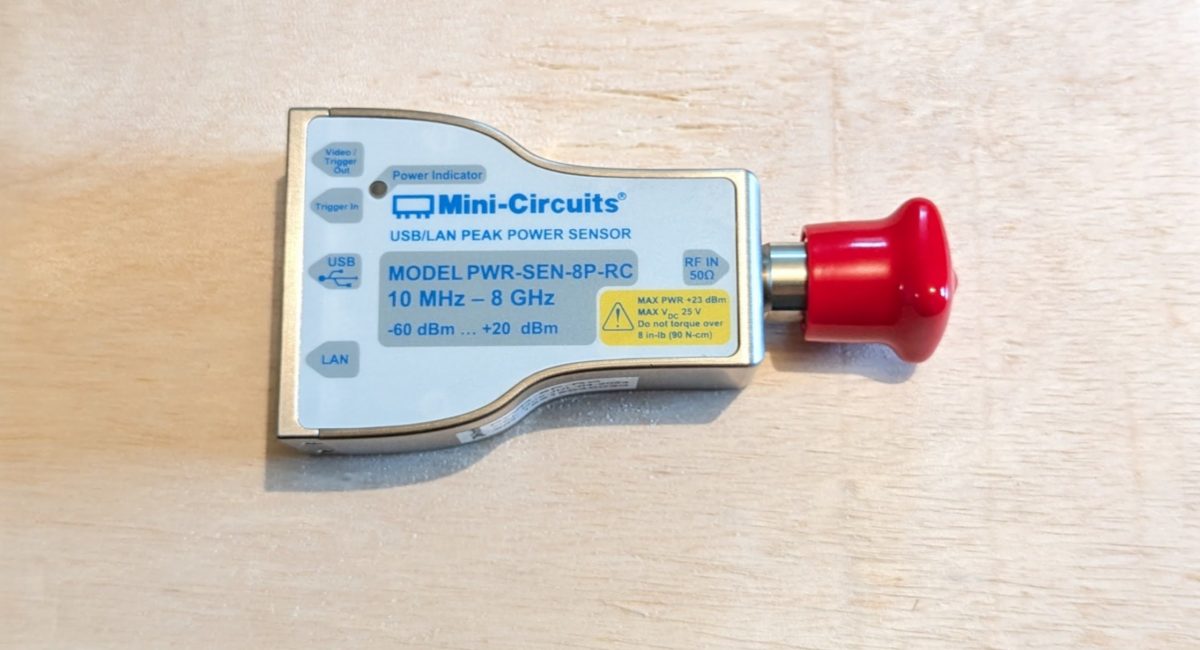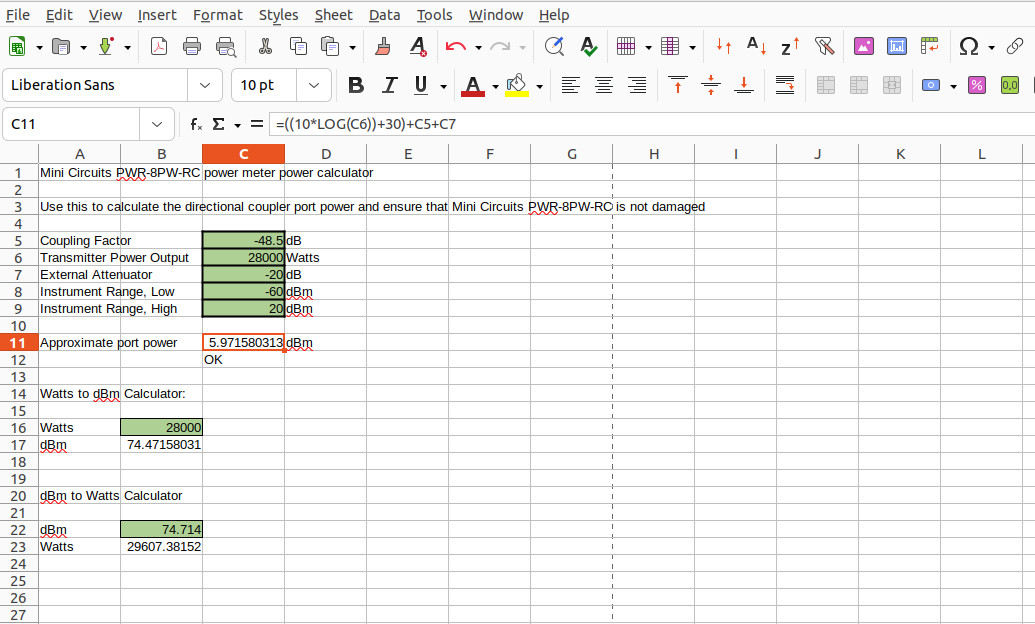I might not know that if I hadn’t been there installing a TV transmitter. We installed this GatesAir VAXTE-2 for Maine Public Broadcasting’s WMED-DT.
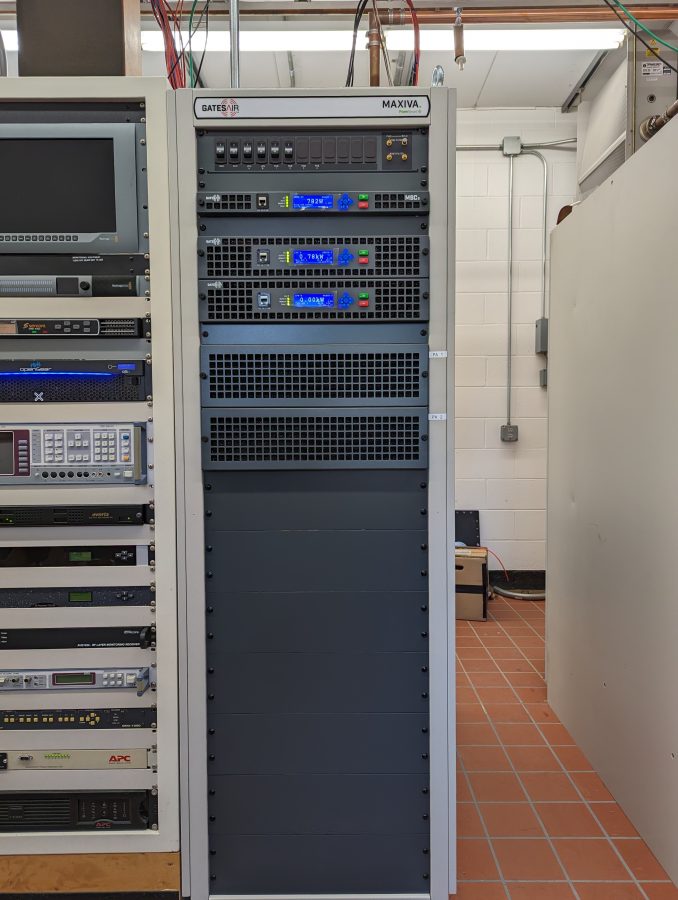
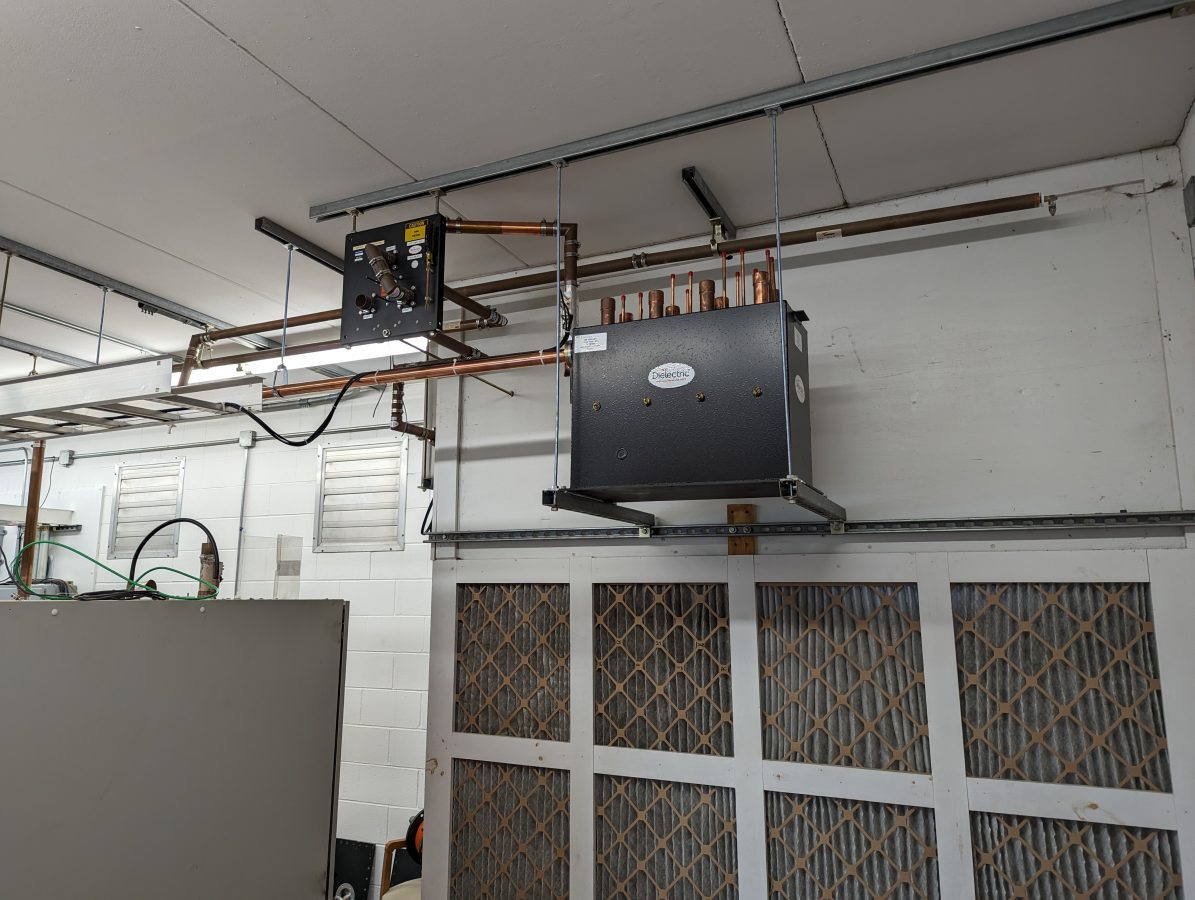

After the old Harris Platnum transmitter was turned off, the client got a call from the cable company across the border in New Brunswick. Apparently, they take the off-air signal for their cable feed of PBS in New Brunswick.
We also installed a VAXTE-6 at Mars Hill for WMEM-DT.
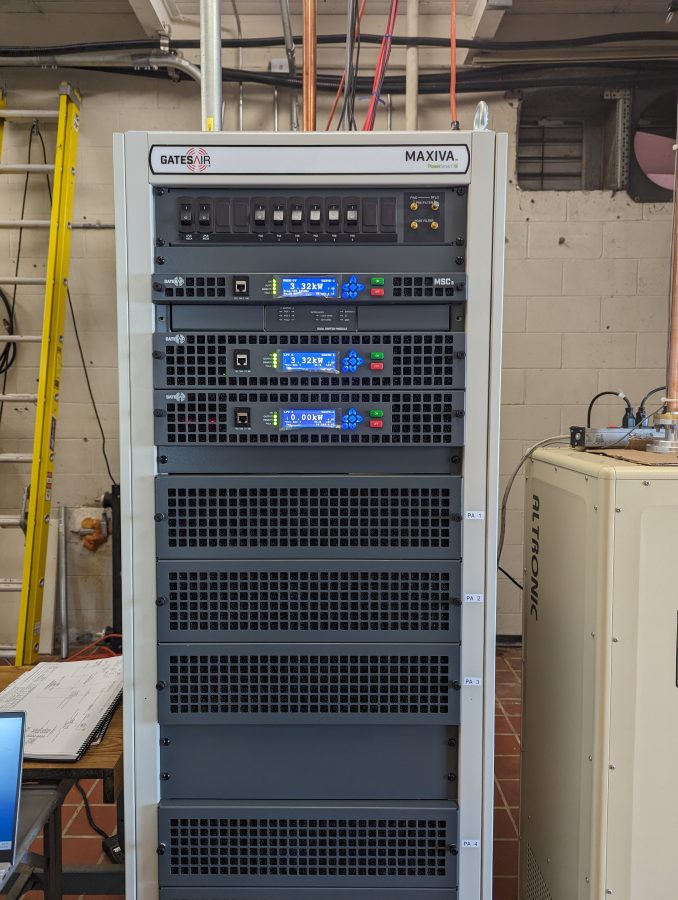
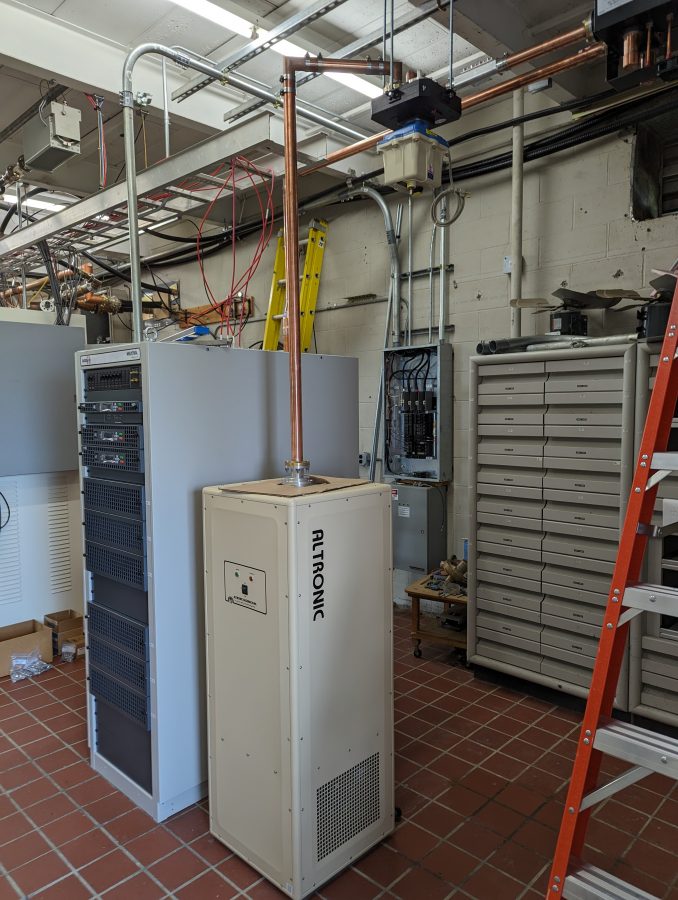
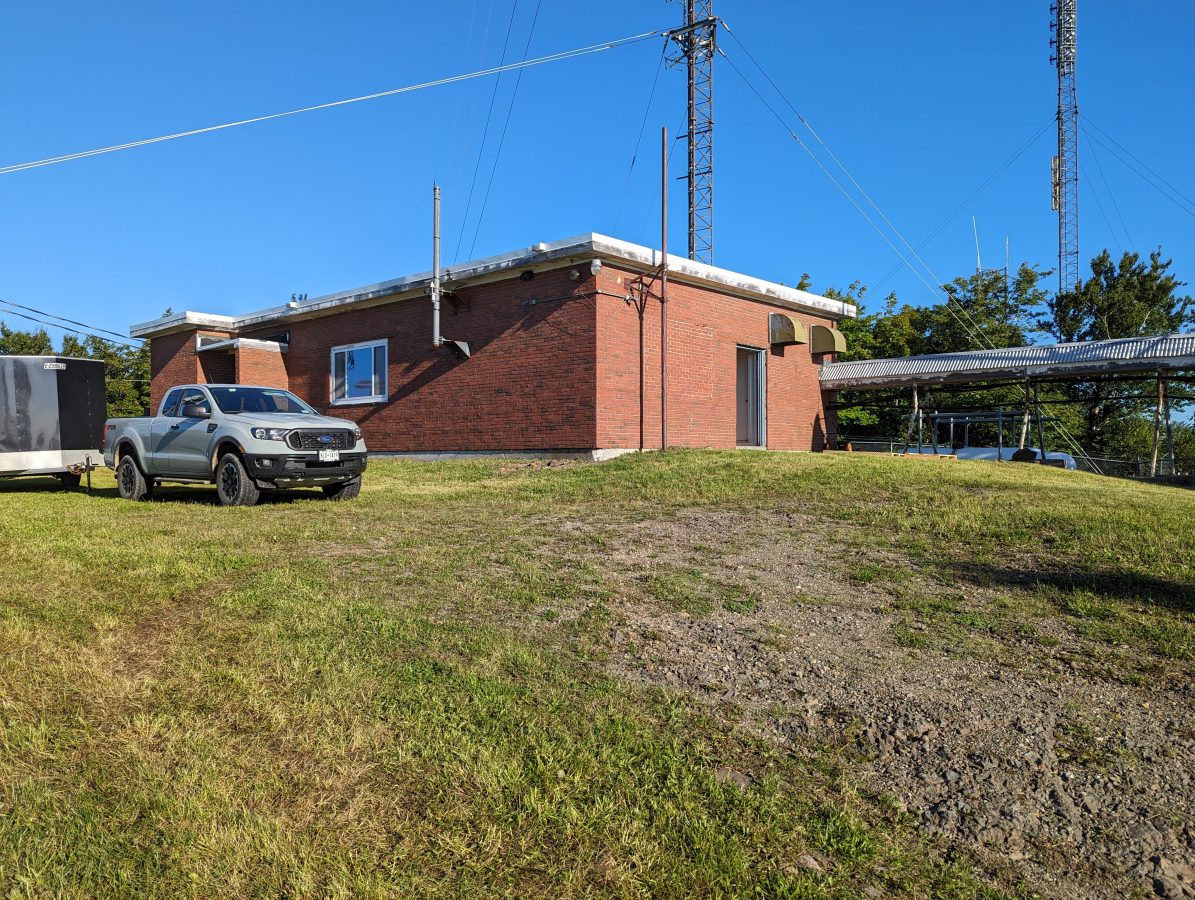
I was reading through the SBE 2023 salary survey and noticed that those engineers who work in Radio and TV make more money than those who do just radio. My experience is that TV is more technically challenging because there are many more building blocks that go into the end product. ATSC has several layers of complexity starting with video and audio codecs. Then there are various transport methods, PSIP (Program information) tables, aspect ratios, degrees of definition, video and audio bit rate considerations, and muxing, which occur before the Transport Stream gets to the exciter.
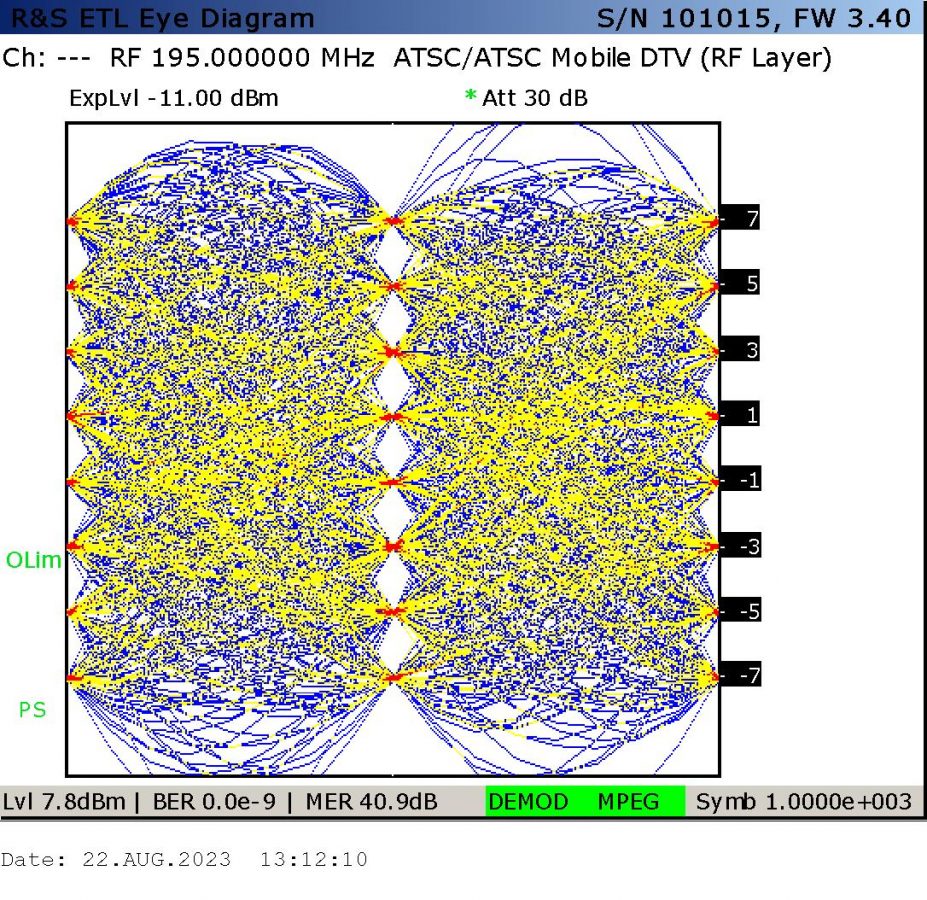
One thing I will note, TV is acronym-heavy. There are many combinations of letters and abbreviations. I can work on a list of things that I have learned, but one of the most important measurements for the quality of the over-the-air signal is MER, which stands for Modulation Error Ratio. MER is measured in decibels and low MER usually indicates some distortion problem.
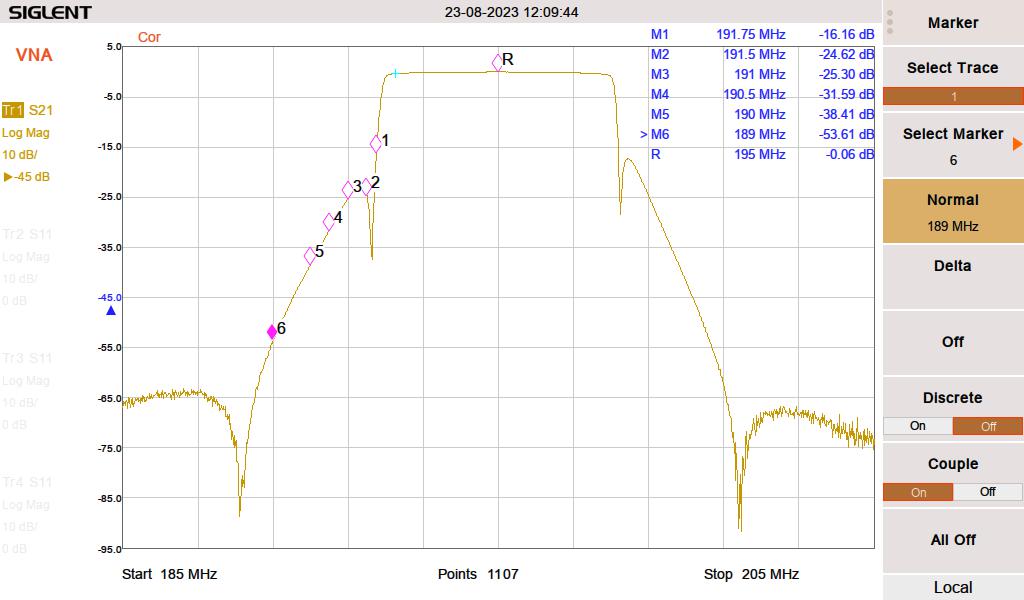
Once the program material hits the exciter, the process is similar but there are a few noted differences. TV transmissions are 6 MHz wide vs. 200 KHz for standard FM. In order to minimize distortion, the signal needs to be precorrected by the exciter for linearity. HD Radio does the same thing to a degree. High-band VHF and UHF stations tend to use slot antennas. These are high-gain broad-banded systems that are generally very simple. The FCC stipulates that spectrum mask filters be used to limit out-of-channel emissions. During the installation process, the filters must be measured and proofed to comply. In addition, the harmonics need to be measured down to -120 dBm because most of them fall in the wireless data and mobile phone spectrum and we know how those folks can be.
Like other segments of the broadcast engineering profession; TV is struggling to find competent technical staff, so if you are willing to learn new things, consider doing some work in television.
Mars Hill also has many of these giant things:
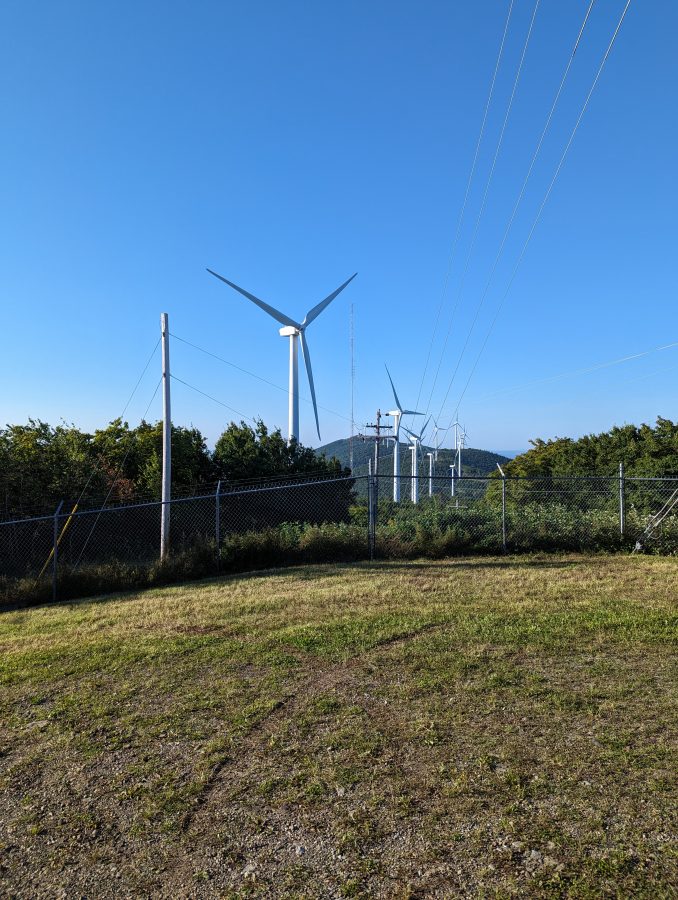
I’ve never seen one up close, and I will say they do make a fair bit of noise when it is windy. I also noticed that air density makes a difference in the noise levels. When it is cooler or more humid, the noise level goes up. There are twenty-eight 1.5 MW GE wind turbines that generate enough electricity to power 18,000 average homes annually. Maine has several wind turbine farms in various parts of the state. I believe Mars Hill was the first, completed in 2006.


